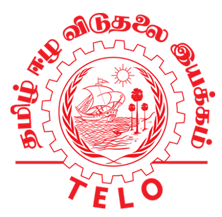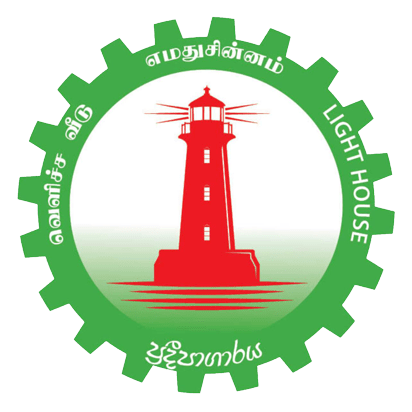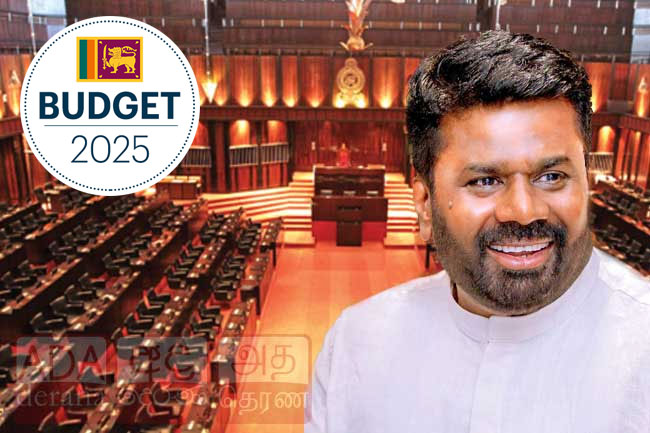Sri Lanka aims to transform its crisis-hit economy to prepare to resume debt repayments from 2028, President Anura Kumara Dissanayake said on Monday as he unveiled a budget that is seen as a key step towards durable, long-term growth.
The left-leaning Dissanayake, who is also finance minister, was elected last year to fix the South Asian island nation’s economy after a meltdown in 2022 that led to its first international debt default.
In a nearly three-hour speech to parliament, Dissanayake pledged reforms that largely aligned with conditions set out in a $2.9 billion IMF bailout.
He said he expected the economy to grow 5% this year and at about the same rate in the medium term. The government aimed to keep inflation low and exchange rates stable, he said.
The budget is seen as crucial for Dissanayake’s attempts to ensure a sustainable recovery from the island’s worst financial crisis in more than seven decades.
“Never has Sri Lanka had a chance like this to catch up with the modern world,” Dissanayake said. “Most countries go through what is known as a ‘lost decade’ following a sovereign default. However, we have achieved stability to a certain extent.”
Sri Lanka will maintain a primary account surplus of 2.3% of GDP, in line with IMF requirements, for 2025, the president said.
The government will also ensure that Colombo repays all its debt, he said, foreseeing a steady reduction in poverty levels.
The 2022 crisis left the country of 22 million people unable to pay for imports of essentials including fuel, medicine and cooking gas, and street protests forced then-President Gotabaya Rajapaksa to flee and later resign.
Since securing $2.9 billion in emergency funding from the International Monetary Fund in March 2023, Sri Lanka has recovered more quickly than expected. Inflation has eased, the central bank has slashed interest rates to pre-crisis levels, and debt restructuring was completed in December.
The stock market reacted positively to the budget, with the Sri Lankan CSE All Share index (.CSE), opens new tab rising 1.43%.
The country’s bonds climbed as much as 0.5 cents, leaving the newly-restructured debt at their highest since their relaunch at the end of last year.
STRESS ON ECONOMIC SOVEREIGNTY
“In terms of the overall numbers, the budget is staying within the IMF parameters,” said Thilina Panduwawala, head of research at Colombo’s Frontier Research.
Meeting the IMF targets is crucial for Sri Lanka to improve its credit rating and eventually return to international financial markets to borrow and repay its debts from 2028 onwards.
The parameters set out by IMF include an ambitious deficit target of 5.2% of GDP and raising revenue to 15.1% of GDP in 2025 to secure the next tranche of about $333 million under the bailout.
Dissanayake said the budget had been prepared with a “focused sense of fiscal discipline, economic vision and guidance” and under significant constraints.
“While we recognise the role played by the IMF … in stabilising the economy, we are also of the view that in order to design our economic agenda, achieving economic sovereignty is necessary,” he said.
Dissanayake said Sri Lanka will expand free trade agreements to promote exports and prioritise investments in key export industries such as clothing.
A new bankruptcy law will be presented to parliament soon, along with new customs legislation to promote trade, he said, adding that 4% of GDP would be allocated for capital investment to develop local companies.
Sri Lanka’s reserves currently stand at $6 billion, enough to cover four months of imports, according to central bank data. Reserves were just $1.9 billion at the end of 2022.


